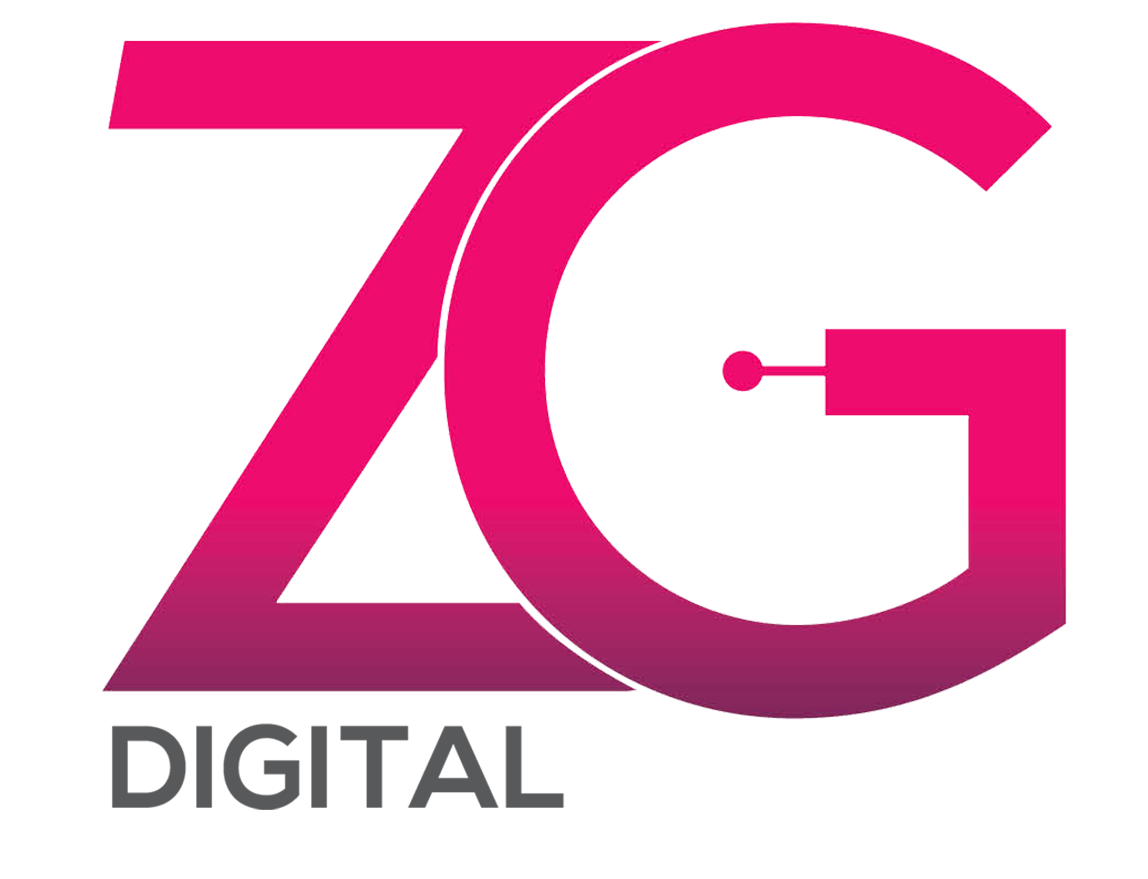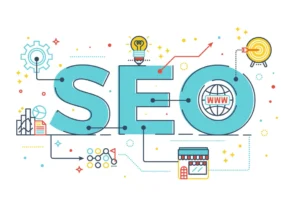You direct web traffic as an online retailer. This implies that you want your company to show up in search results when consumers look for goods or services similar to what you provide. Here comes ecommerce SEO.
Continue reading to find out more about ecommerce SEO, its significance, how to develop an ecommerce SEO plan, and the tools you can use to facilitate your work.
What is Ecommerce SEO:

The goal of ecommerce SEO is to make your online store prominent in search results so that customers who are looking for what you have to offer are more likely to find your website. A well-optimized e-commerce site is more likely to rank well in search engine results pages and generate organic traffic.
60% of customers do online brand research before making a purchase, making ecommerce SEO crucial. They will be able to discover your product pages in search results and learn more about what you have to offer after your site is optimized. People are also more inclined to buy from you if they can locate your website and learn about what you have to offer.
This kind of SEO is similar to standard SEO in many ways. However, you will concentrate your efforts on website optimization for the benefit of your items, such as creating excellent and keyword-rich product descriptions.
SEO Strategy:
1.Keyword Research:

Keyword research for your website, especially for your product pages, should be the first step in your e-commerce SEO strategy. You will uncover the most popular search terms for items connected to your business through this study. So that Google knows when to display your website in SERPs and so that users know what to expect when they click on your link, you’ll then want to include these keywords into the content of your website. To find out what keywords your rivals are ranking for that you aren’t, you may also perform keyword research based on them. You may enter the URLs of your rivals to acquire a comprehensive report using Ahrefs Content Gap Tool, a top-notch choice for achieving this.
2.On-page SEO:

Search engines can better grasp what’s on your site pages thanks to on-page SEO components, which include HTML and content. The initial stage is always keyword research because these components frequently include your keywords.
Meta Titles
The headers you select for your Meta titles should describe the content of your page. You should use a relevant keyword to simply state the core idea of your website while writing them.
Meta Descriptions
Meta descriptions are textual summaries seen in SERPs that explain the content of certain sites. It aids users in determining whether the page is pertinent to their search. You should include your goal keywords while composing this summary because it is only shown in search results.
URL Structure:
Your website’s subdirectories and slugs are referred to in your URL structure. Using relevant keywords, keeping your URLs short, and always hyphenating your slugs are best practices. Your URL structure should be organized logically so that both browsers and search engines can understand when your pages are becoming more specialized.
Image ALT Text
All e-commerce websites ought to utilize premium photos to showcase their goods. Images with the proper keywords and evocative alt text may boost your visibility in search results and image packs while also assisting in the conversion process.
3.Technical SEO:

Your website’s functionality and usability depend on technical SEO. Concentrate on improving your website speed for e-commerce sites.
Your website may take a while to load due to the likelihood that you have a lot of text describing your items, photographs showcasing them, and maybe videos showing how to use them. Aim to compress all of the files on your website so that they can load quickly enough to prevent dissatisfied browsers from waiting for outcomes. This is important since every extra second of load time results in a 4.42% decrease in conversion rates.
Additionally, because it might affect load speeds, you want to make sure that your code is clear. Utilizing the appropriate formatted data can help all SEO techniques operate together. Also you want to guarantee that your code is error-free because it might affect load times. Using the appropriate structured data will assist you make sure your code is clear and simple for bots to read because all SEO techniques interact with one another.
4.Backlinks

For e-commerce sites, backlinks—also referred to as off-page SEO—are crucial since they increase traffic. Look for backlinks from websites that have a good reputation, are reliable, and have anything to do with what you have to offer. Reclaiming unlinked mentions of your company, appearing in lists, and utilizing high-quality photos that websites might utilize to link back to your content are some common techniques for obtaining backlinks.
Collaborations with influencers or affiliates are a unique technique for an e-commerce business to obtain backlinks. They can advertise your goods and direct their audience to your website.
5.Mobile Optimization
As 41% of all web traffic and almost half of all traffic to websites worldwide come from mobile devices, optimizing your e-commerce site for mobile is essential for your SEO strategy.

Your e-commerce site may adjust to any device a visitor uses if you adopt responsive mobile design. This refers to mobile buttons that can alter in size, photos and graphics that can scale, typography, and text size, in other words, everything that can adapt to a user’s screen size.
Final Note:
The only SEO strategy that works is quality, that’s what our experts say at Zer Gravity Digital , so make sure the material you provide is of the highest caliber possible, whether it’s on your own website or in directories and other publications. Your e-commerce site will gain from improved SEO results using the techniques described above.







